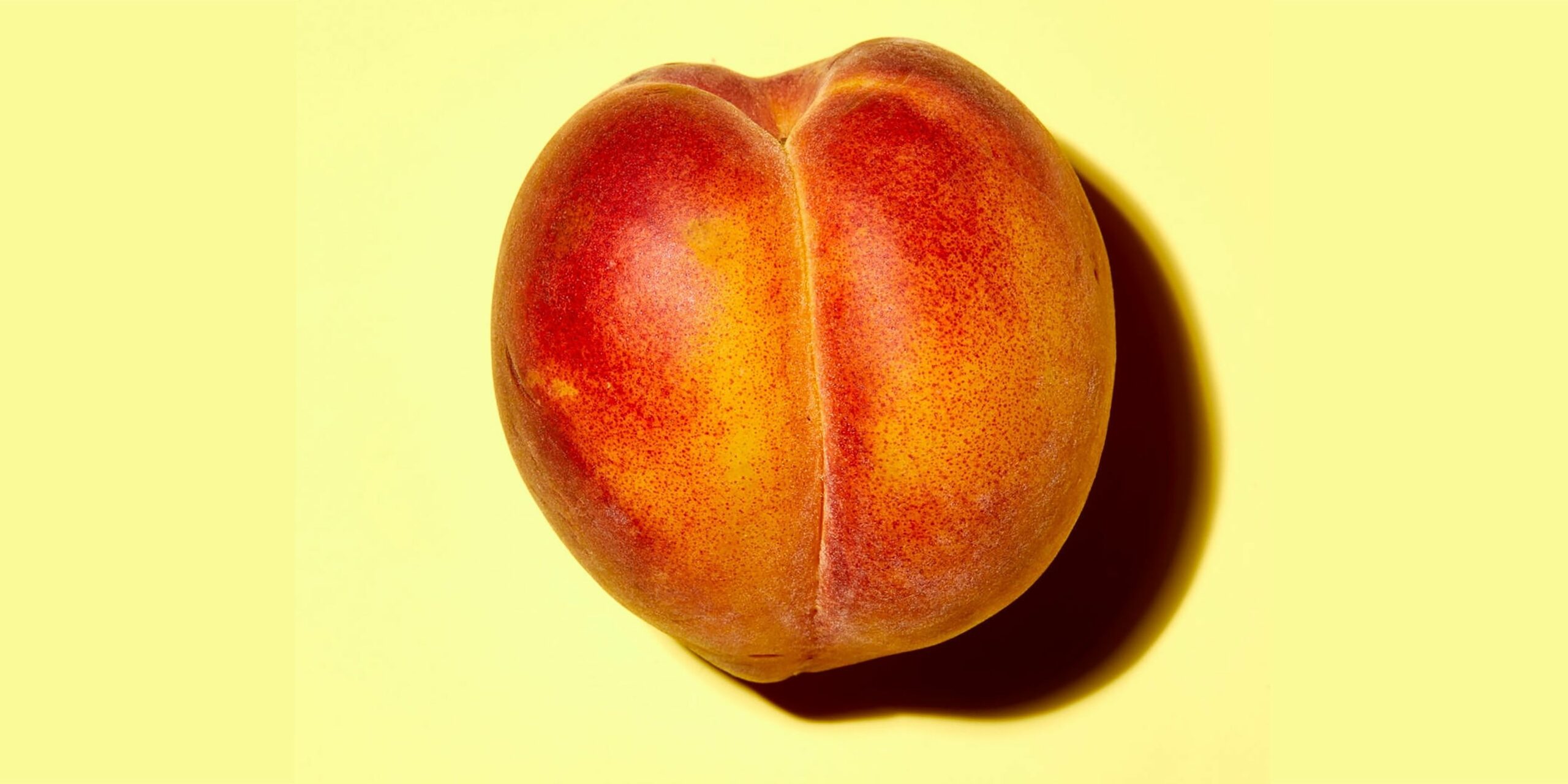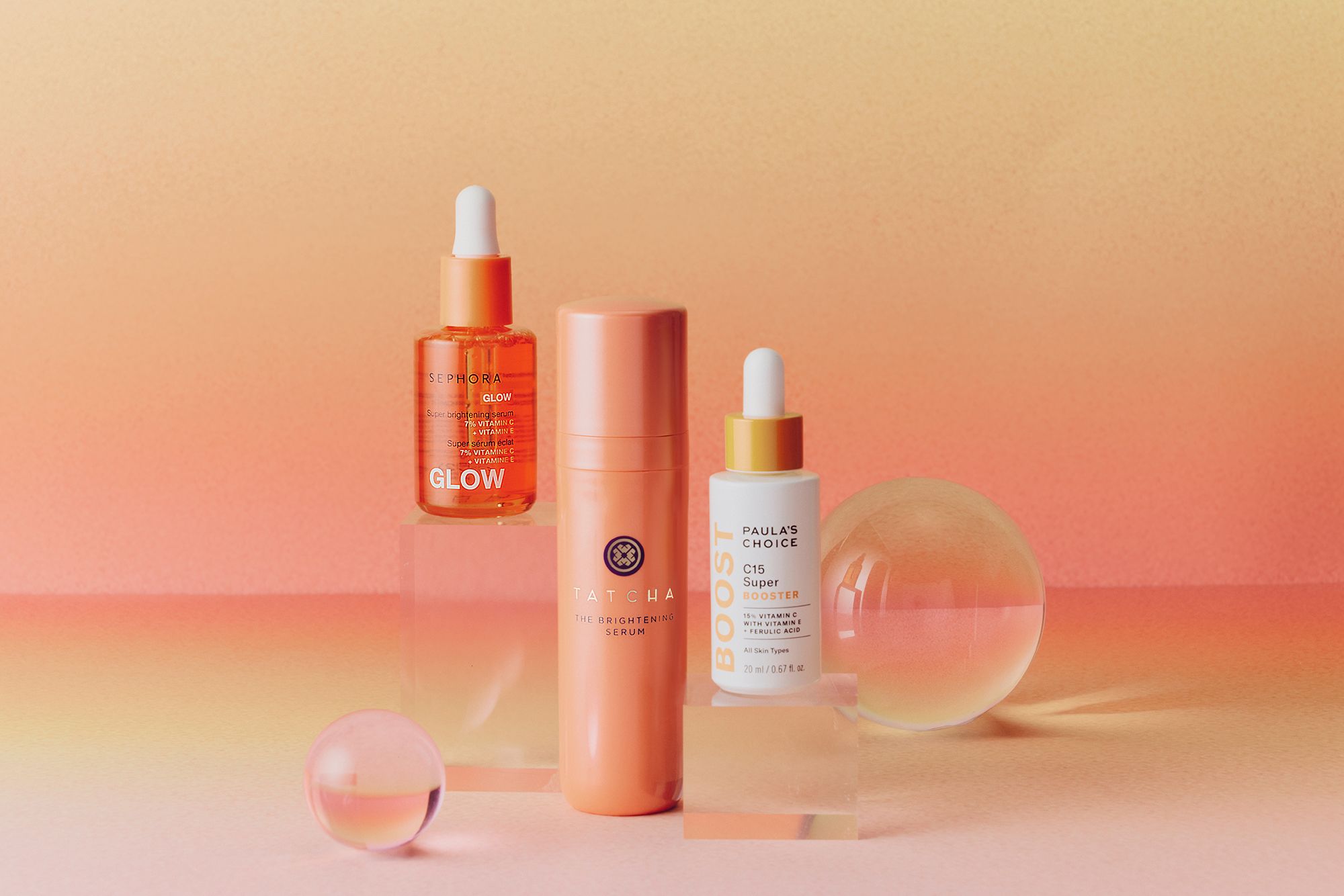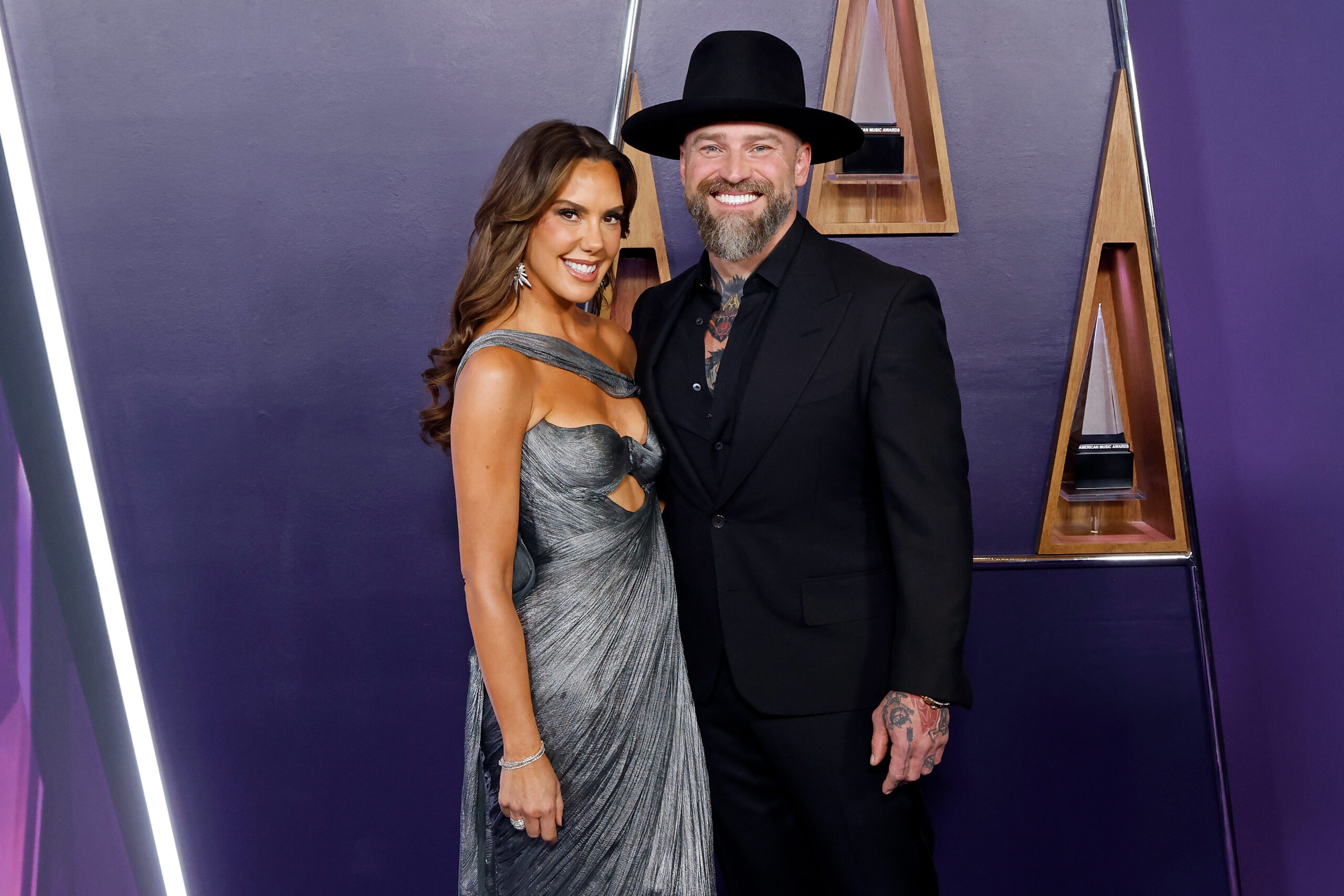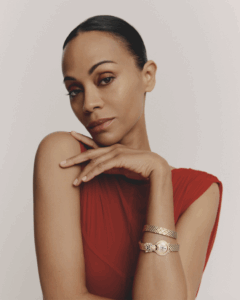Discover The Secret Tricks Top Beauty Pros Use To Banish Peach Fuzz Forever—And Why You’ve Been Missing Out!
Body hair—whether it grows on your face, your butt, under your arms, or anywhere else—is nothing to be ashamed of. After all, everyone has it.
That said, not all body hair is created equal, and that’s because we grow two distinct types. The first is called terminal hair, which is the longer, thicker kind that includes facial hair, pubic hair, the hair on our head, as well as our eyelashes and brows. The second type, often called “peach fuzz,” is the soft, fine hair that grows almost everywhere on the body, except on the palms of the hands, soles of the feet, and on the lips and eyelids.
For some people, peach fuzz is barely noticeable. But for others, it can appear more obvious, or take a toll on a person’s self-image. “If you have very fair skin or if you have very dark hair, you’re going to see it more,” says Debra Jaliman, MD, an assistant clinical professor of dermatology at the Icahn School of Medicine at Mount Sinai in New York City.
Meet the experts: Debra Jaliman is an assistant clinical professor of dermatology at the Icahn School of Medicine at Mount Sinai in New York City. Delcy Stoddard is a medical aesthetician at SkinSpirit. Kiran Mian, DO, FAAD is a medical and aesthetic dermatologist in New York City. Stacie Harding is the senior corporate field trainer at European Wax Center. Umbreen Sheikh is the founder of Wink Brow Bar.
Regardless of whether your peach fuzz is visible, you shouldn’t feel pressured to remove a natural part of the body to feel beautiful. But if you do feel inclined to remove your peach fuzz, the good news is that there are several expert-recommended ways to do so. Keep in mind that they all have their own set of benefits and drawbacks: Some methods require more time and money but literally last forever, while others are inexpensive but yield shorter-lasting results.
From shaving and waxing to laser hair removal and electrolysis, read ahead as a few experts take us through all the ways you can safely get rid of peach fuzz.
First, what is peach fuzz?
The scientific term for peach fuzz is vellus hair, and it refers to those baby hairs that cover your body and “glisten in the light, claiming real estate on your face, upper lip, cheek, and chin,” says Delcy Stoddard, medical aesthetician at SkinSpirit.
Compared to the hair that grows out of our head, peach fuzz tends to look lighter, feel softer and appear more fine. And even though it may be an eyesore to some, it actually serves several purposes for the body, Dr. Jaliman adds. Here’s a quick breakdown of what it does:
- Provides skin insulation: To put it plainly, hair helps keep our skin warm. And peach fuzz is no exception. When it’s cold, vellus hairs stand up (what we commonly call goosebumps) and this keeps surrounding air that the body already warmed up close to the skin.
- Enhances touch sensitivity: At the base of the hair follicle are bulbs that have sensory nerve fibers wrapped around them, according to the National Library of Medicine. When a hair is moved, even by something as small as an insect, those nerve endings are stimulated which allows you to sense the movement.
- Protects the skin: By acting as a light barrier, peach fuzz helps safeguard the skin from friction and “minor environmental irritation,” Dr. Jaliman says.
How to get of rid peach fuzz
Despite these functional benefits, peach fuzz can still be an aesthetic nuisance if its visible on places you don’t want it to be. So if getting rid of peach fuzz remains your M.O., there are a handful of effective ways to remove it. Here are your options:
Shaving
Shaving is generally the easiest and most inexpensive hair removal method since it’s quick, painless and affordable. The main downside is that the results of shaving typically only last for three to seven days, Dr. Jaliman says, and the method can lead to skin problems if done incorrectly. For instance, shaving too quickly or holding the razor improperly can nick the skin. Using a blade that’s too dull can lead to ingrown hairs. And shaving with a dirty blade can lead to an infection of the hair follicle, she says.
Ideally, shaving should be done on skin that’s freshly washed to avoid redness and irritation, Dr. Jaliman says. And it’s best to use shaving cream (or soap, if you don’t have cream) to hydrate and soften the hair and minimize friction on the skin, she adds.
When shaving your face in particular, Kiran Mian, DO, FAAD, a medical and aesthetic dermatologist in New York City, recommends using a small eyebrow razor, though you can also use an electric kind. “Gently glide down in small strokes going with the direction of hair growth,” she says. Dr. Mian also recommends using a blade that has an angle “so it can fit the curvature of the face.” And its also best to hold the razor at its base to give yourself as much control over the movement of the blade as possible, Dr. Jaliman adds.
To further reduce the risk of skin issues, thoroughly wash your razor blade after every single use by rinsing away excess shaving cream or hairs trapped in the blade, Dr. Jaliman says. You can also soak the blade in rubbing alcohol for a few minutes in between uses, or simply invest in one-use disposable razors that don’t need to be cleaned, she adds. “It’s bad for the environment, of course, but it’s better for your skin.”
If you’re not one to throw something away after using it once, you can usually get away with shaving about three times with the same blade before it potentially becomes dull enough to cause problems, Dr. Jaliman says.
Pros: Very easy, painless, and affordable.
Cons: Can cause ingrown hairs, infections, cuts, or razor burn if done incorrectly; Doesn’t last very long.















Post Comment